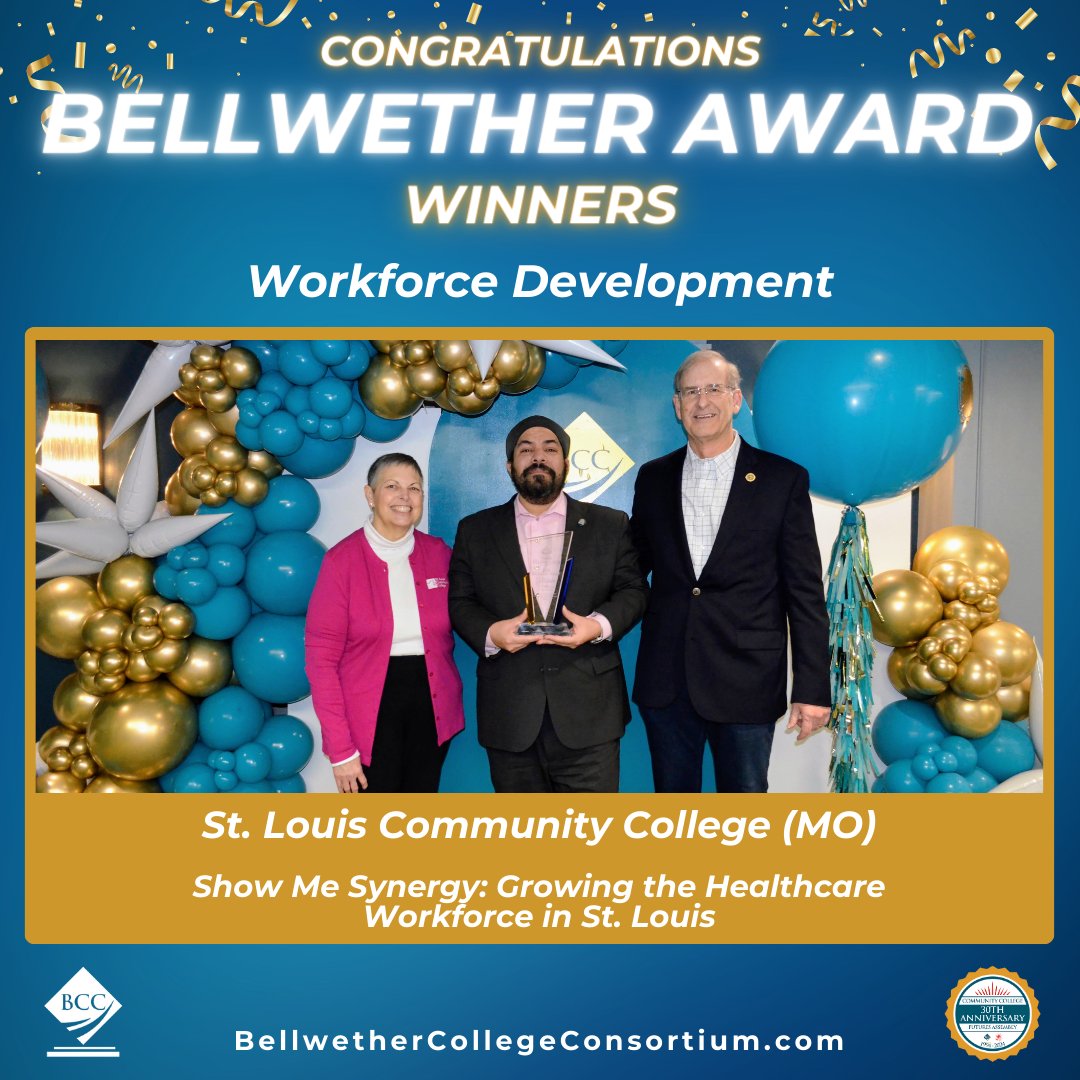Good faith negotiations take place between administration and adjunct faculty:
BRI HEANEY NEWS EDITOR:
As Saint Louis approaches spring time, leaves are beginning to bud, the ground is getting grassy, and the Saint Louis Adjunct Professors Union is reopening a clause in their first ever collective bargaining agreement. In 2018, the Service Employees International Union – Local 1 was established with the ability to to gain a collective bargaining agreement contract. This established, across all of STLCC, a concurrent standard for both working conditions and compensation. One year into their two-year contract, SEIULocal 1 is able to reopen an item in their contract for renegotiation: Money. SEIULocal 1- Meramec’s Social Coordinator Kat Fossell was part of the primary labor organization in 2018 and will be part of the wage reopener conversation with STLCC. “We want to get a raise that is in line with the school’s budget,” said Fossell. The union members cannot get a pay decrease with the reopening of contract, however they also cannot use any form of activism to leverage a raise. “It will be more difficult to get a pay raise during this wage reopener over next year when our entire contract is up, because then we will be able to take direct action” Says Fossell. Dennis McDonald has been teaching History at the Wildwood Campus of STLCC for two years, and is a member of the union. In an interview with the “Washington Post,” McDonald disclosed that he made $1,600 per class, a raise in pay that the union had secured. While working at Wildwood, he also teaches classes at Jefferson Community College, and delivers pizzas on the side. As an STLCC professor, he lives in subsidized housing and receives food stamps, according to the Washington Post. “We understand we are not full time professors, but if we are teaching 60 percent of a full time schedule we certainly are not getting full time pay,” says McDonald. “There have been committees that I have been offered to sit on but can’t because I have three other jobs, and that is the kind of things that the school is missing out on. We want to do those things, but most adjunct professors just don’t have the time,” says McDonald. A 2014 Congressional Report on the working conditions of contingent faculty in higher education states that over 70 percent of teachers are teaching two or less classes at one single institution, and that almost adjuncts are teaching at two or more colleges. Some adjuncts are forced to move continuously between colleges within a single day to have enough of a class load to support themselves. “You see all the same people at all campuses,” says McDonald, “This just feeds back into the importance of being unionized.” Since 1975, the number of full time tenure track professors has been on the decrease while part time adjunct faculty have been on the rise, according to the 2014 congressional report. “While the idea that there being more of us [adjuncts] will give us [adjuncts] more bargaining power is true, but at the same time it undermines the classic professionalism of what a college professor does and, puts that on part time employees,” said McDonald. It’s a bigger picture goal than just more cash in their pockets, said both Fossil and McDonald. “It’s not just about the money, it’s about the amount of time you’re able to commit to the work and the students,” says McDonald. With a self-declared flare for organizing people and a love for education, Fossell said that not only does she plan to fight for fair compensation, but to continue to take steps toward making higher education better. However, without fair compensation, it’s hard for the educational system to flourish, said Fossell. She encourages other adjucts to join her and to seek out their piece of the pie. She also encourages those who care about higher education to take interest in what the union seeks to accomplish. “You have to treat your teachers fairly; all the money and benefits can’t go to the administrative side, because your teachers are the ones connected to the students. Your teachers are the ones making sure students are getting something out of their experience,” said Fossel.











